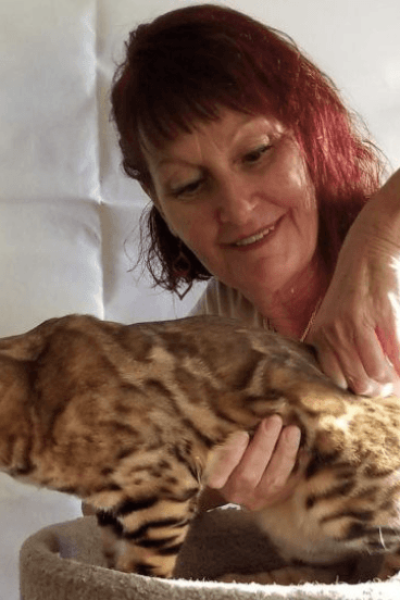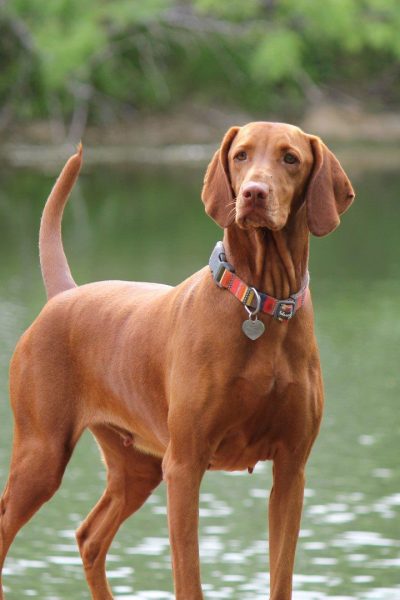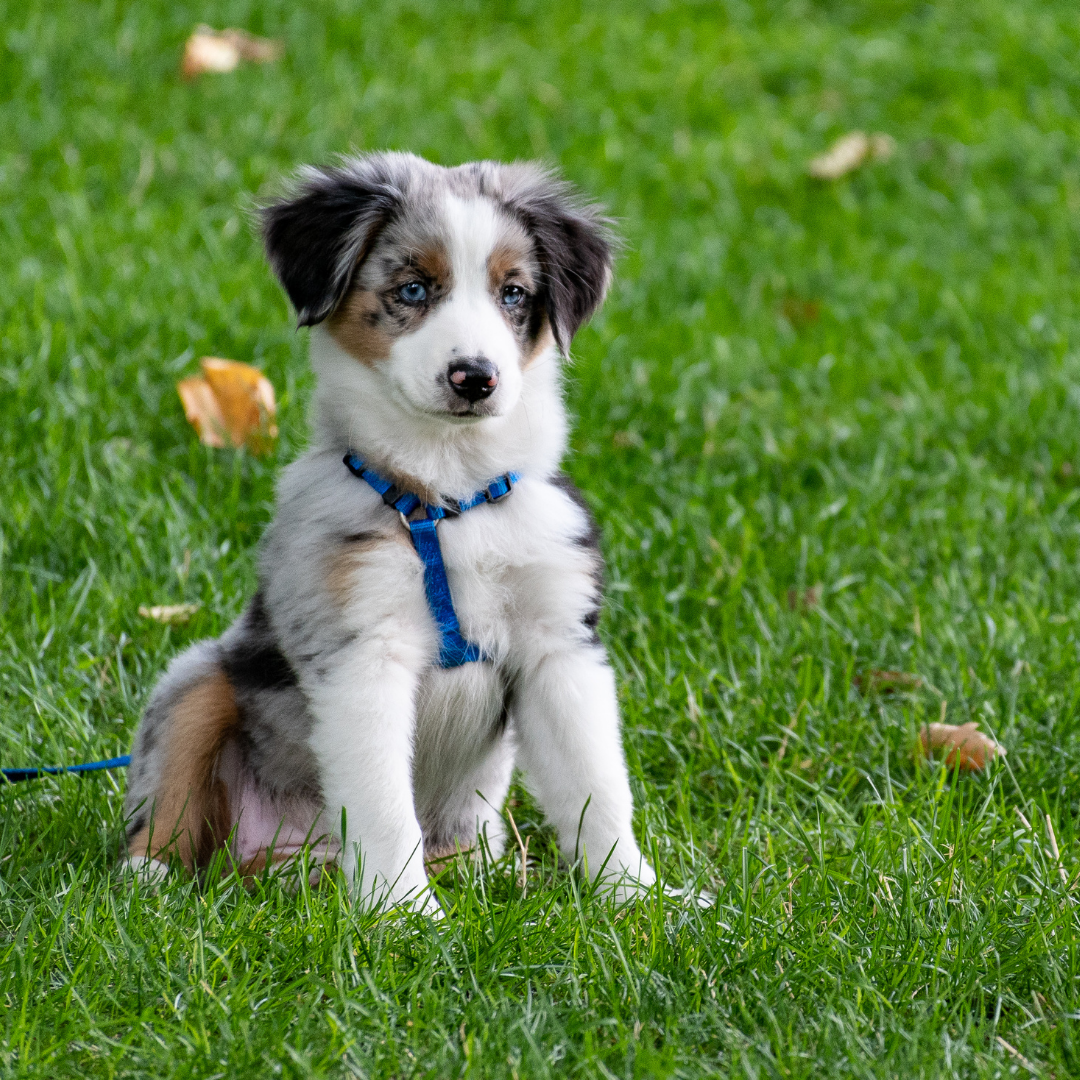

We are trained experts at locating and correcting subluxations (areas of the spine that are not moving adequately and cause irritation along the nerves).
Animal adjusting is a field of animal health care that focuses on the preservation and health of the neuro-musculo-skeletal system. Why? Nerves control everything that happens to your animals. Anything adversely affecting the nervous system will have detrimental effects that will resonate throughout the entire body. The command centers of the nervous system are the brain and spinal cord which are protected by the spine. The spine is a complex framework of bones (vertebra), ligaments, muscles, and nerves. If the movement and bio-mechanics of the vertebra become dysfunctional, they can interfere with the performance of the nerves that are branching off of the spinal cord and going to all of the muscles and organs. As this occurs, your animal can lose normal mobility; resulting in stiffness, tension, pain, and even organ dysfunction. Additionally, when normal movement is affected and left unattended, it will ultimately impact your animal’s entire well-being and quality of life.
The nervous system also coordinates the body’s ability to heal and regulate itself. Trauma, overuse, or underuse, may cause the vertebra of the spine to become fixed, and the surrounding muscles and ligaments may become compromised and inflamed. Nerves could become trapped in these damaged tissues, or in the passages they use to exit the spine.
Their signals become unable to adequately reach their destinations. When they don’t, these impaired structures lose their ability to heal. This can directly and dramatically impact your animal’s health. Symptoms of spinal fixation are vast and may include pain, spasm, sensitivity to touch, lameness, gait abnormalities, and postural compromise. These are the symptoms that are the easiest to detect.
It may take a trained doctor of chiropractic like Dr. Morissette to distinguish some of the more subtle changes that occur when organs begin to malfunction. The goal of an animal alignment is to restore function and mobility to the compromised vertebra in an effort to re-establish neurological transmissions. This allows the body to perform at its optimum potential.
Animal adjusting is not meant to replace traditional veterinary care. It is not an alternative treatment, but rather an integrative method that when used in conjunction with good traditional veterinary care, will provide years of happy and healthy living. This is the beginning of a more modern, comprehensive approach to your animal’s healthcare. It is an effective and valuable means of restoring and maintaining their strength, vigor, and well-being. And exploring and treating the root causes of your animal’s aches, pains, and illnesses, will ensure maximum improvement, top performance, and an exceptional quality of life for the animal companions we love.
During the last decade, the quantity and quality of the research supporting the value of alignment for animals have improved. This is an area that needs much more research but there are a few studies that provide evidence supporting the effectiveness of spinal alignment in the management of painful conditions that affect animals (e.g. horses with low back pain).
There are also studies supporting the use of spinal alignment to improve animal bio-mechanics. Owners involved in horse racing are particularly interested in optimizing animal performance.
1. The use of Hammers or Mallets to treat animals.
2. Using an Instrument to unscientifically click up and down the animal’s back without examining each individual joint of the animal’s spine and extremities for abnormal or restricted movement.
3. Dragging a horse by the back of a truck to “Adjust” it.
The doctor does not “Move” or Treat a 900 – 1200 pound horse. He or she treats individual motion units of the horse, one at a time, each weighing no more than 30 – 40 pounds.


Information from the case history and the examination are combined to determine what alignments your animal may require. The doctor looks for abnormal or restricted movement of the joints of the spine and extremities which have an effect on the nervous system and the entire body.
Adjusting your animal is somewhat similar to being adjusted by a human chiropractor in that once they find an area that has either decreased or restricted motion, we apply a high force, low amplitude thrust specific to the anatomy of the joint thereby restoring normal movement. The adjustment has little or no pain and most animals enjoy being adjusted.
The normal response to care can be immediate improvement within the first 24 to 72 hours. Results depend upon several variables such as the length of time for the initial trauma if any, the age of your animal, the severity of the decreased/restricted motion of the joints of the spine and or extremities, etc.
Some animals can show great improvement in the first few days to a week and then you may notice a relapse of the initial complaint.
This is not unusual as this is a healing process, so make a note for the doctor if you notice this relapse to help gauge your animal’s rate of response and probable healing time required. Normally after the first 2 or 3 adjustments then most initial relapses are resolved as your animal responds positively.
A follow-up adjustment may be required in 1 to 2 weeks to continue the healing process. We talk about this on the initial visit. If improvement is noted then the follow-up visits may be spread out further.
Depending on how active your animal is with performance activities or just a family pet, maintenance care is usually recommended anywhere from 1 time a month to 1 time every six months. It is important to talk about what is best for your animal in maintaining their optimal health.
Contact us now and make an appointment today
© 2025 Created by Hybrid Tech Solutions